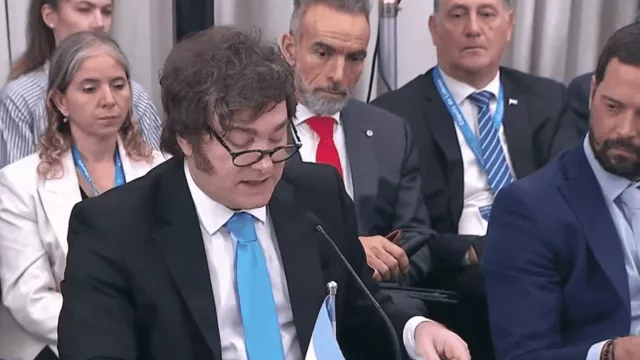The Initial Appeal of the Xiaomi SU7
Since its official release in early April, the Xiaomi SU7 has been the talk of the town worldwide. As the first vehicle manufactured by the Chinese technology company Xiaomi, primarily known for its mobile and electronic devices, the SU7 impressed with both its innovative features and accessible price.
The base model of the SU7, priced around $30,000, offers a level of equipment and performance that rivals models from established brands. This led to an avalanche of reservations, with over 100,000 orders in just one day, reflecting the public's enthusiasm for this new competitor in the electric vehicle market.
The Setback in Sales: What Happened?
However, the initial joy has been overshadowed by the news that more than half of SU7 reservations have been canceled in recent days. What caused this sudden reversal in the fortune of the Xiaomi SU7?
The primary reason seems to be the company's revelation of a new vehicle model, an SUV, just two days after opening orders for the SU7. This strategic move has generated uncertainty among buyers, many of whom may be reconsidering their decision in light of the prospect of a potentially more attractive model on the horizon.
Additionally, Xiaomi's limited production capacity has raised concerns about SU7 delivery times, with estimates that customers may have to wait up to eight months to receive their vehicle due to high demand and factory production constraints.
A Great Lesson:
Often, management is focused on selling or generating products, and clearly, what we all seek is a solution, added value, an outstanding experience until everything a company does does not focus on that, Excel, the business model, the flows will always receive the market's backlash.
Future Perspectives for the Xiaomi SU7
Despite these initial setbacks, the potential of the Xiaomi SU7 remains promising. With an annual production capacity of 150,000 units and a focus on technological innovation, Xiaomi is committed to overcoming current obstacles and maintaining its position in the electric vehicle market.
The SU7, along with its Pro and Max variants, is expected to continue being an attractive option for consumers, especially those seeking a high-performance electric vehicle at an affordable price. With a strategy to expand into other markets outside of China on the horizon, the Xiaomi SU7 could remain a force to be reckoned with in the competitive world of electric vehicles.
Although the road to success may be filled with challenges, the Xiaomi SU7 has demonstrated its ability to generate interest and excitement among consumers.
With the backing of Xiaomi and its reputation as a leader in technological innovation, the SU7 has the potential to become a major player in the electric vehicle market in the coming years.












Tu opinión enriquece este artículo: